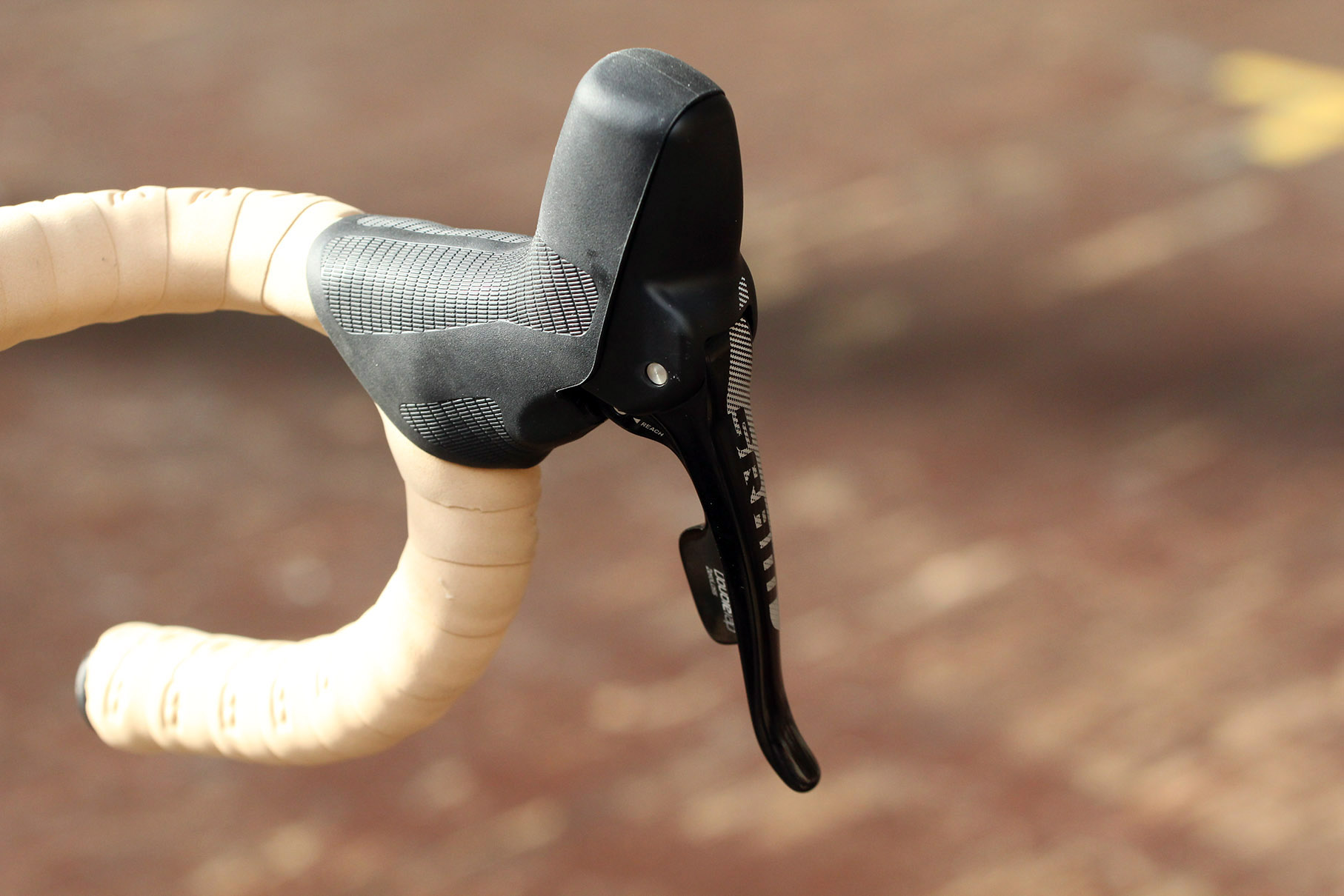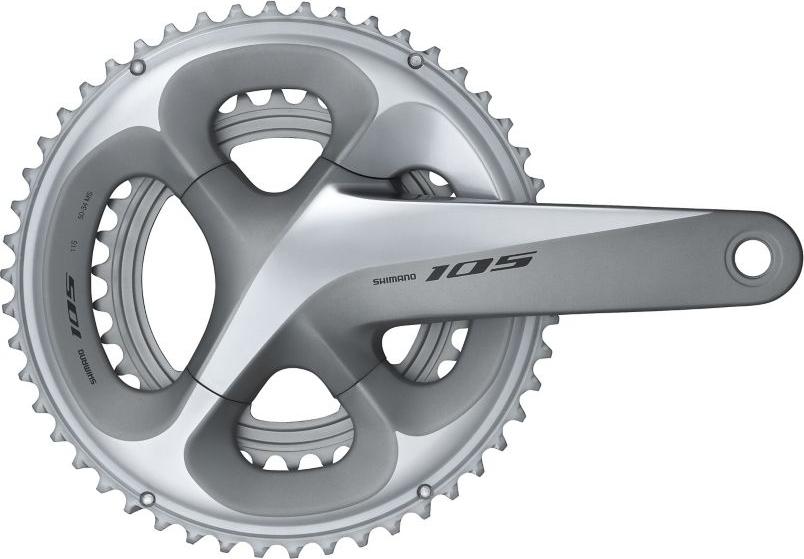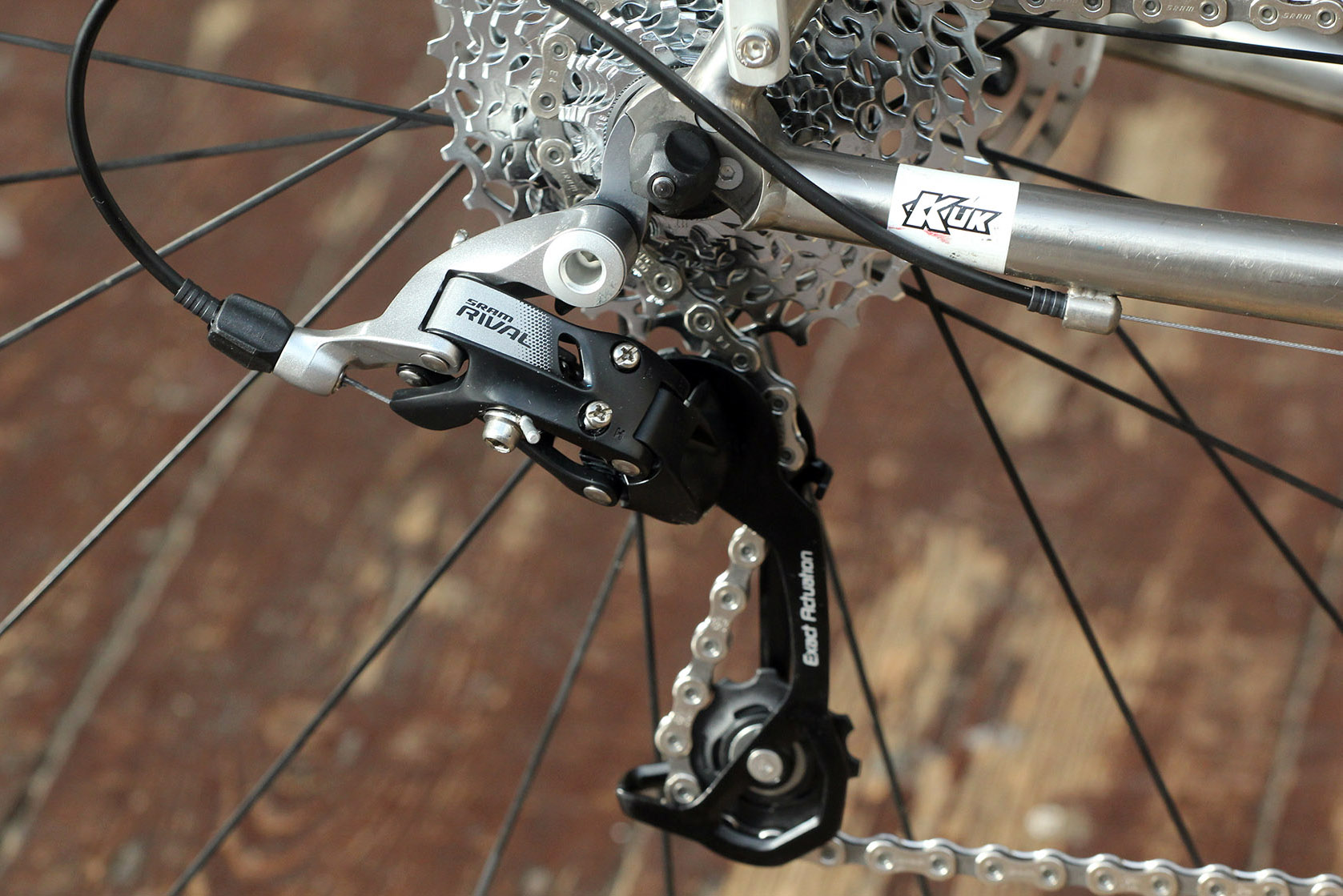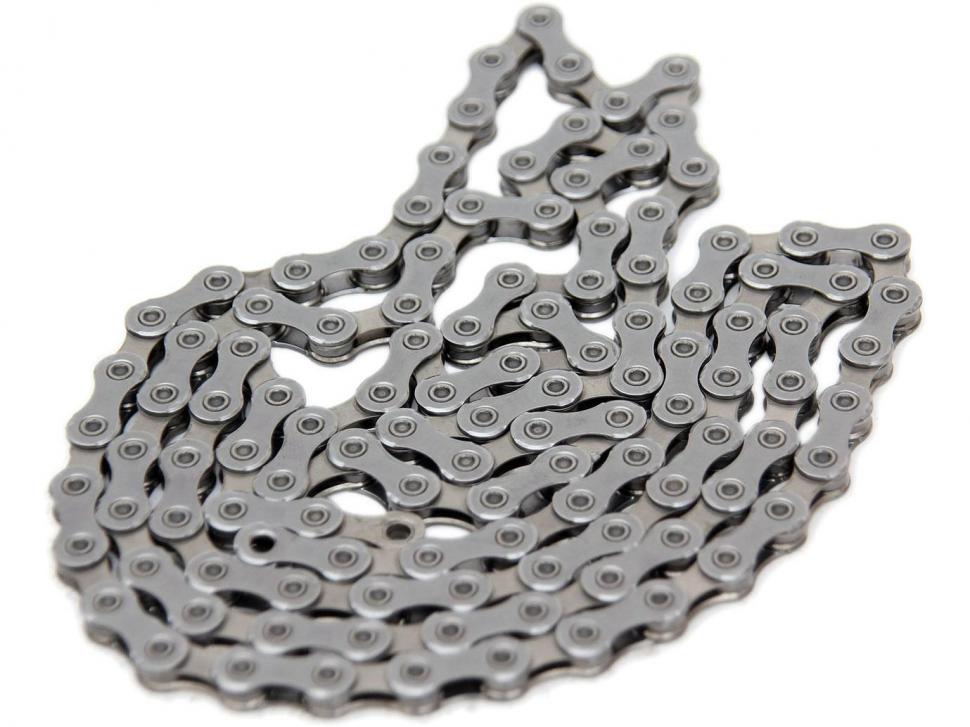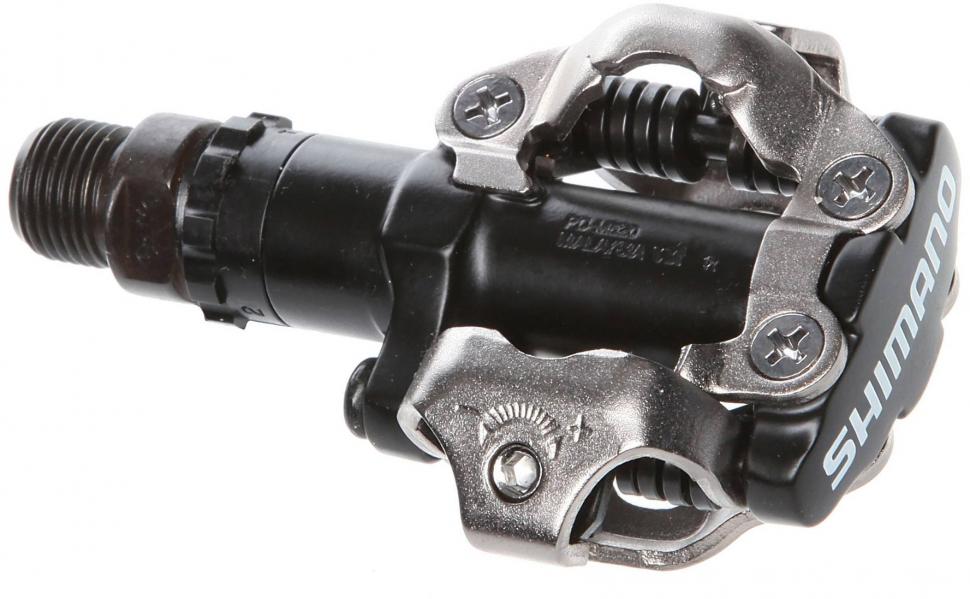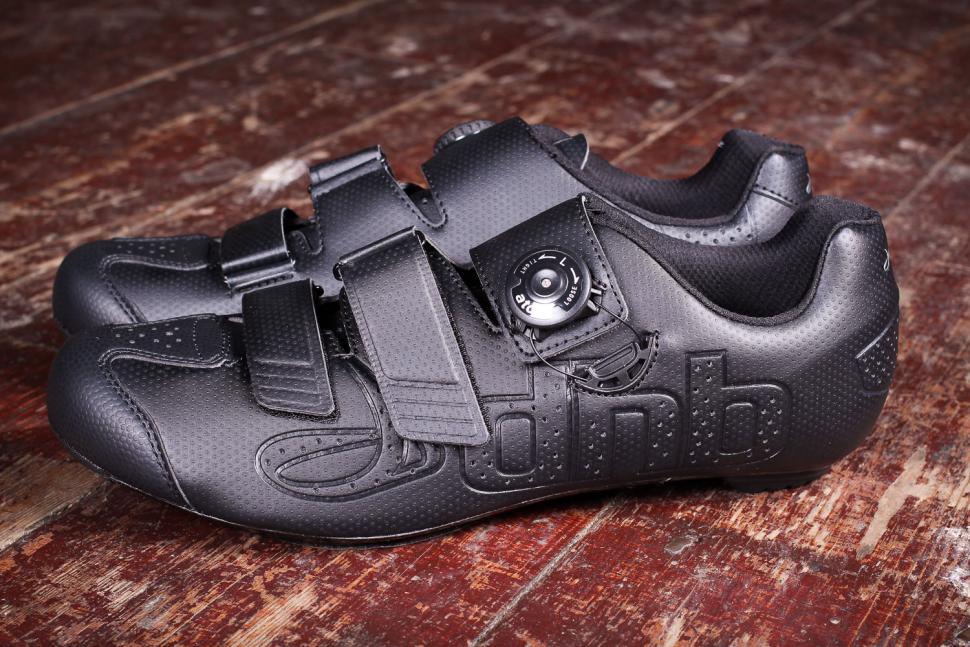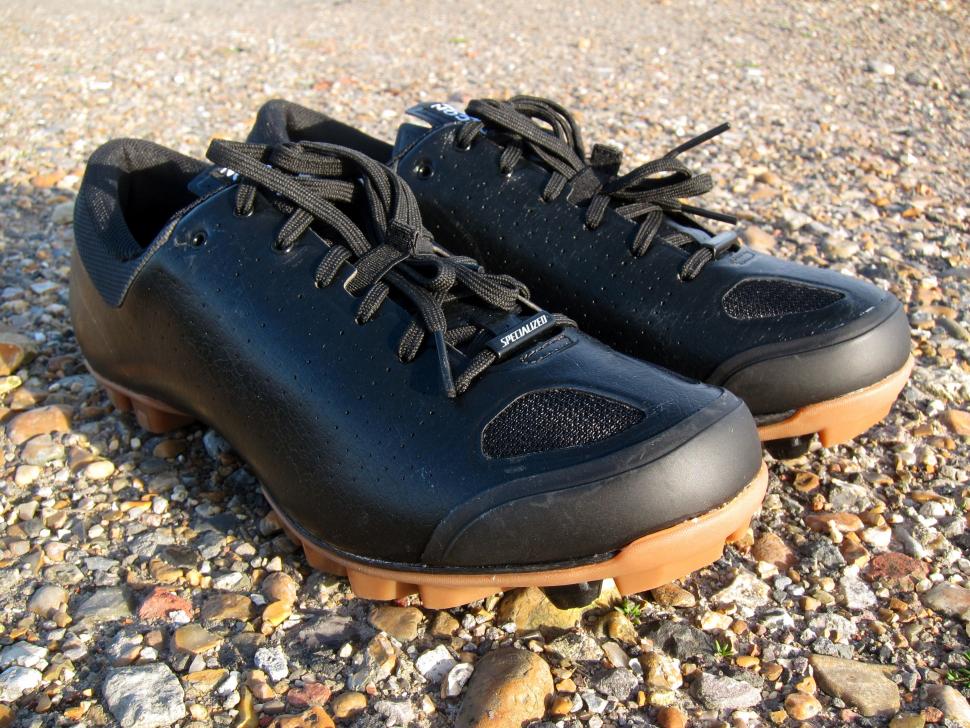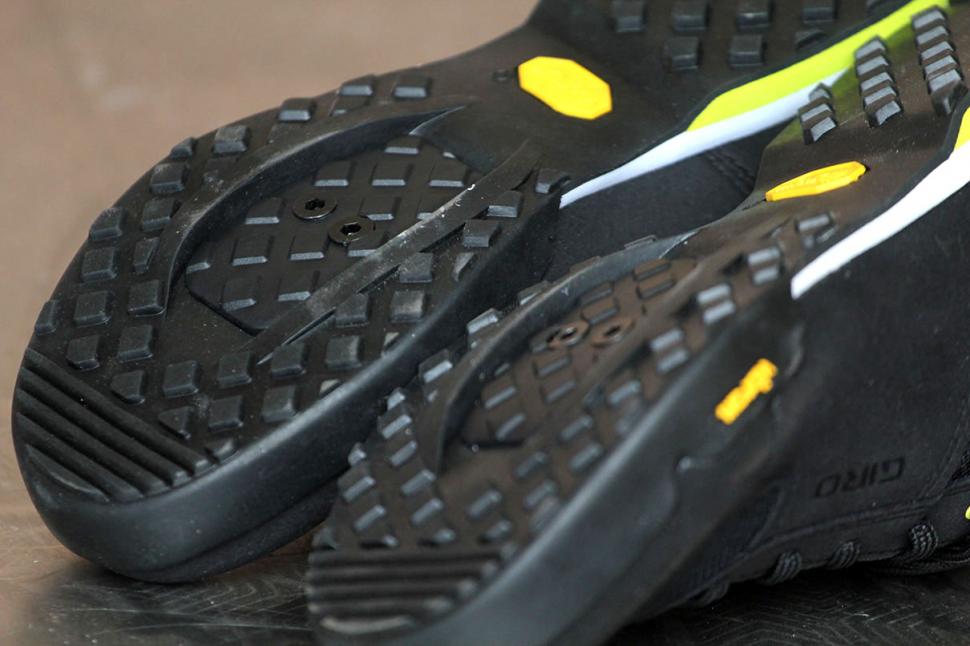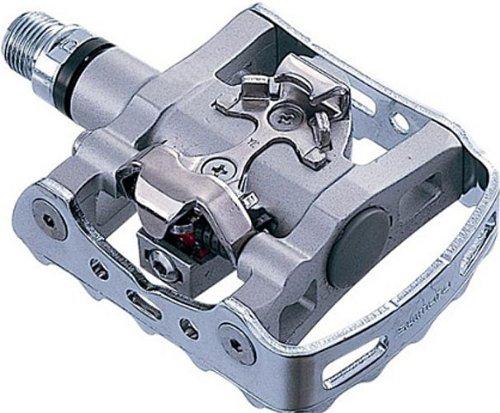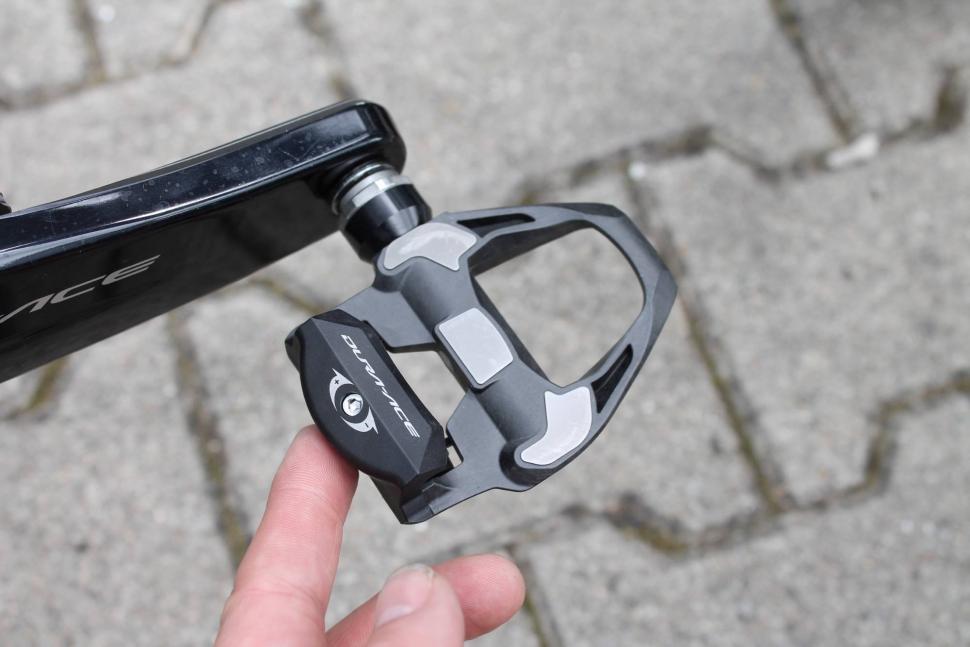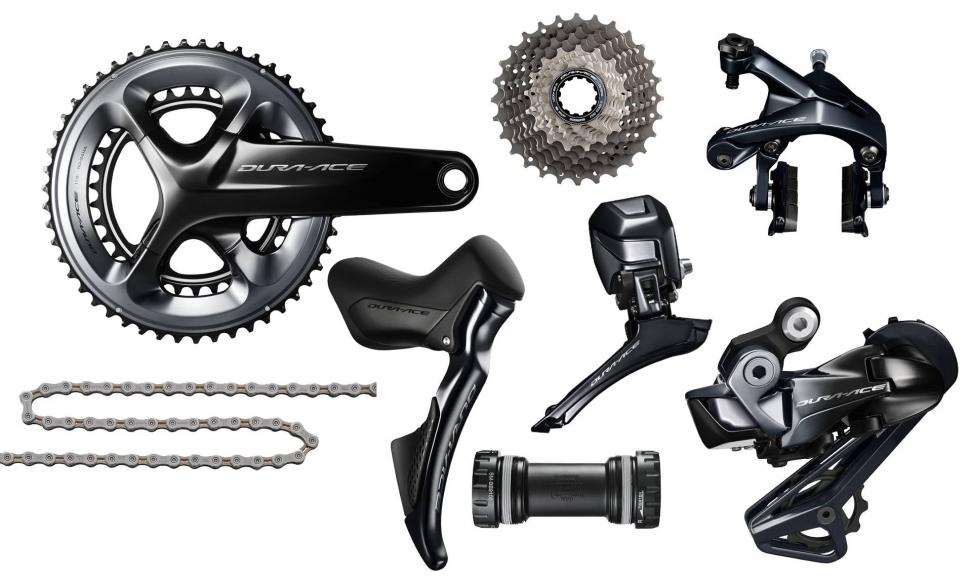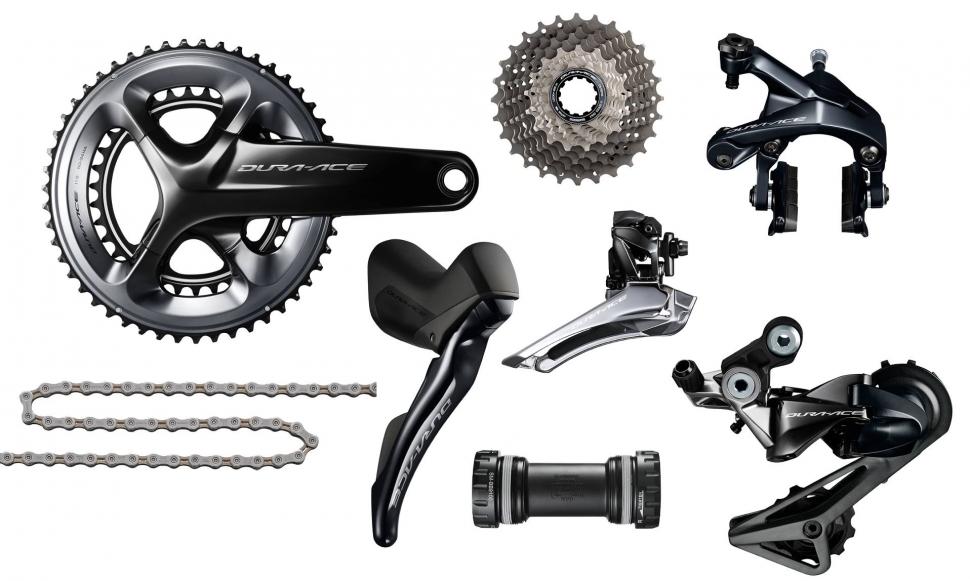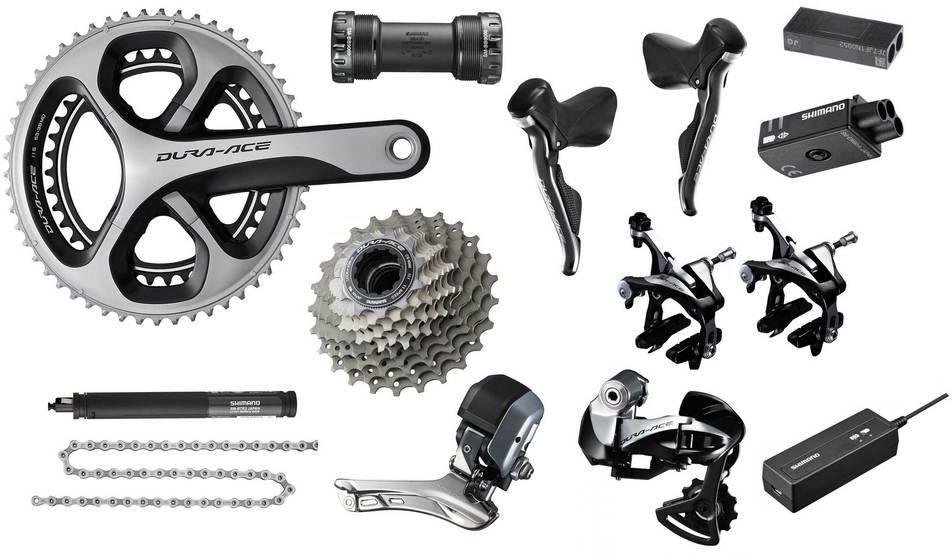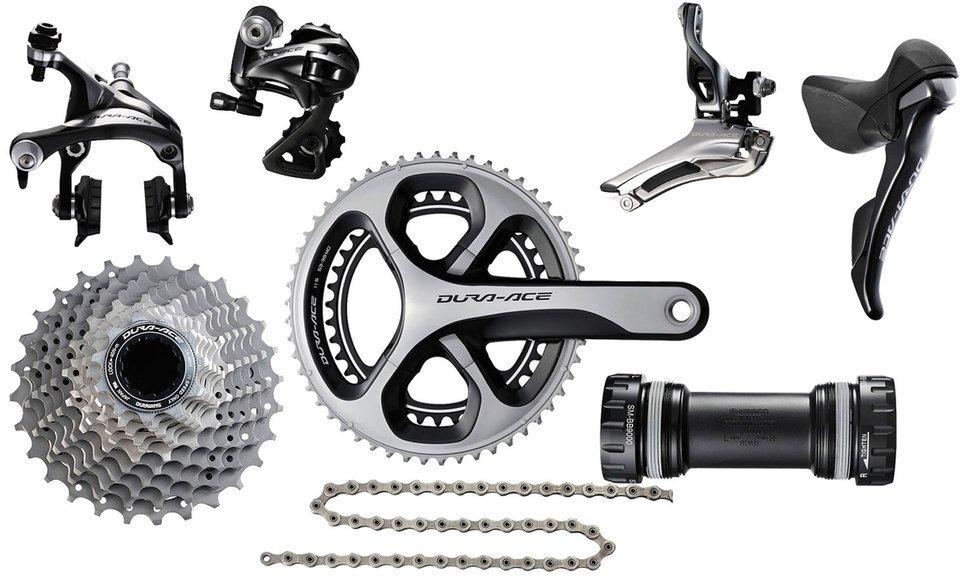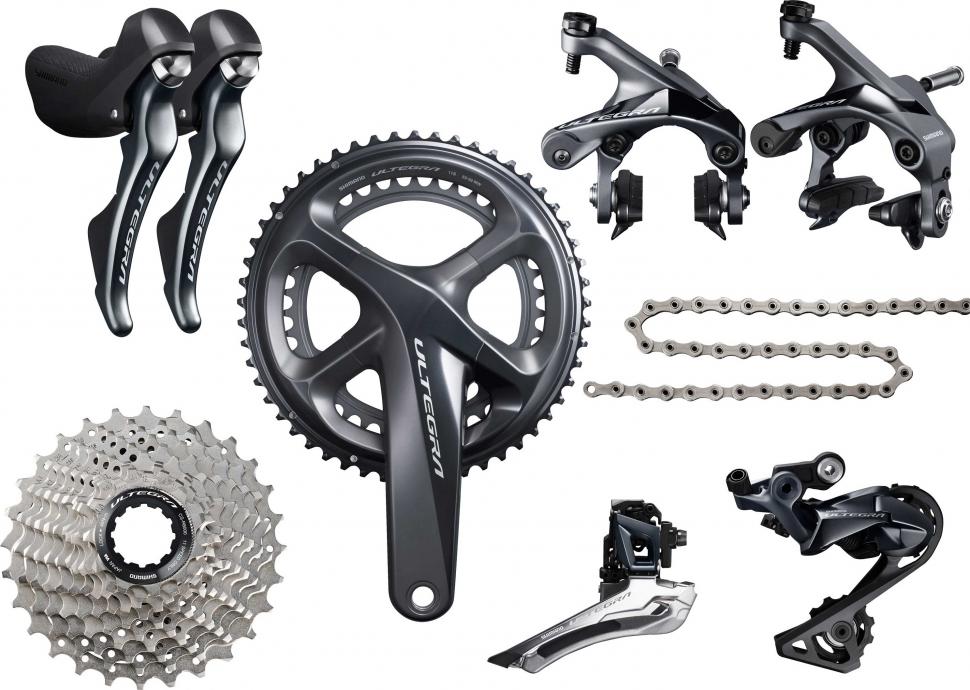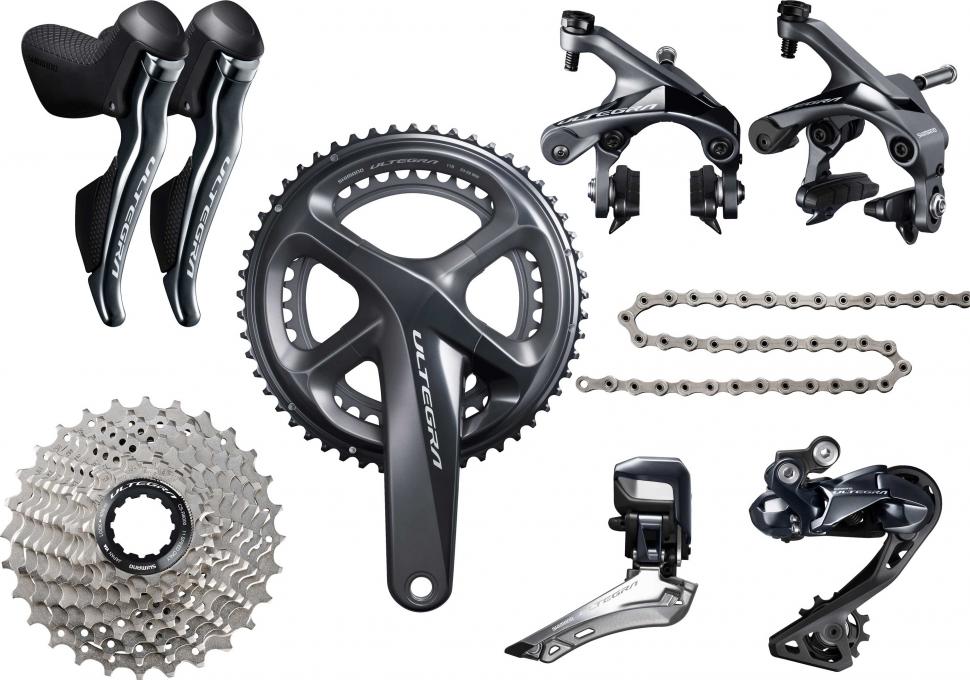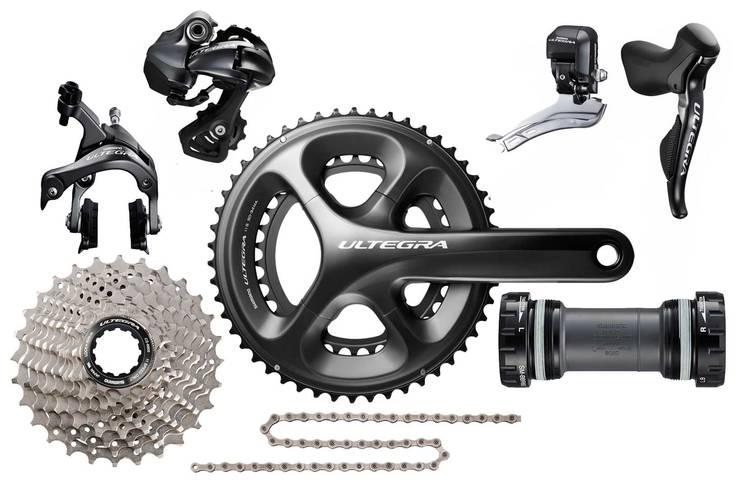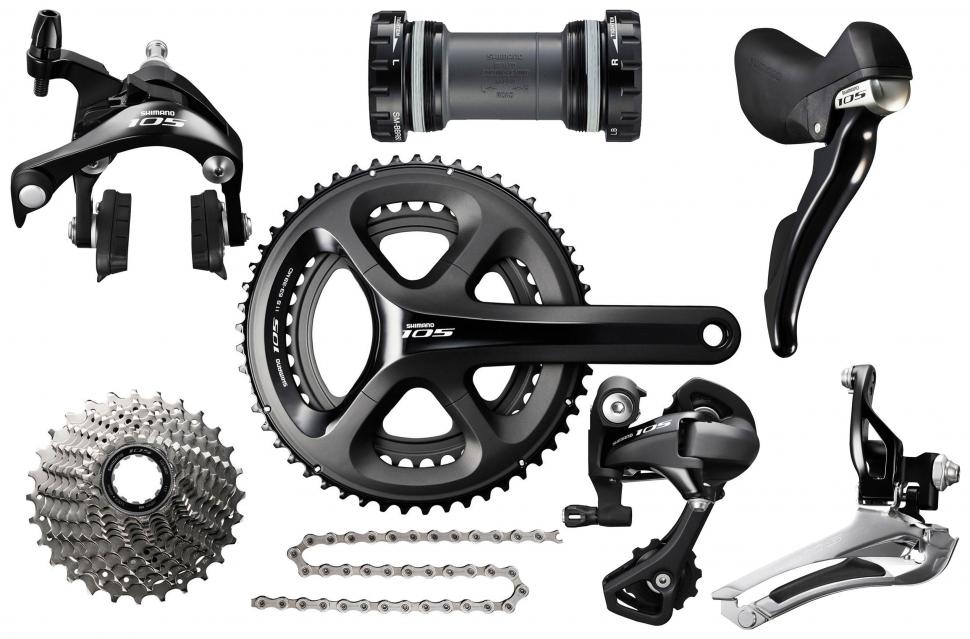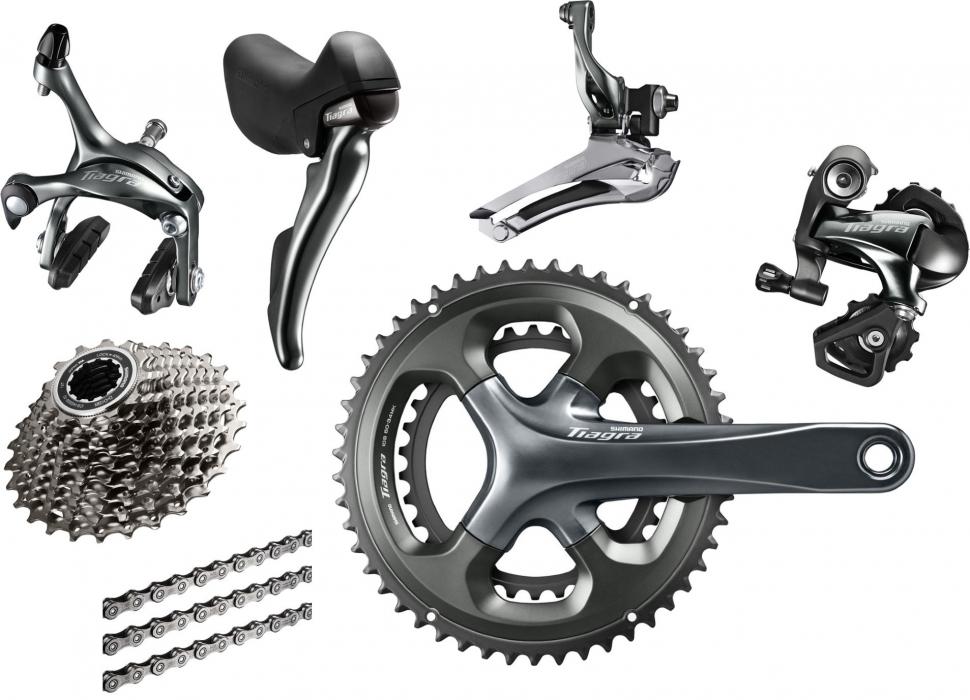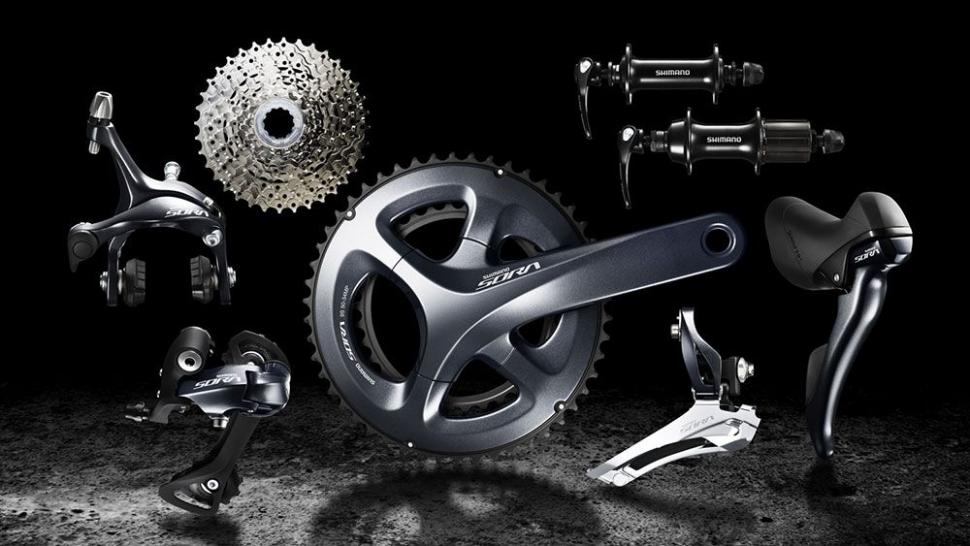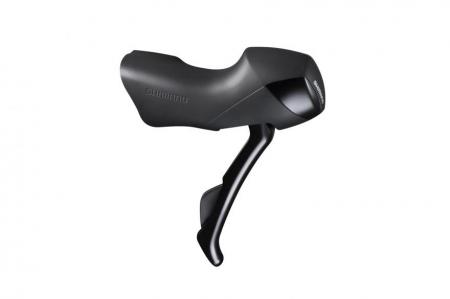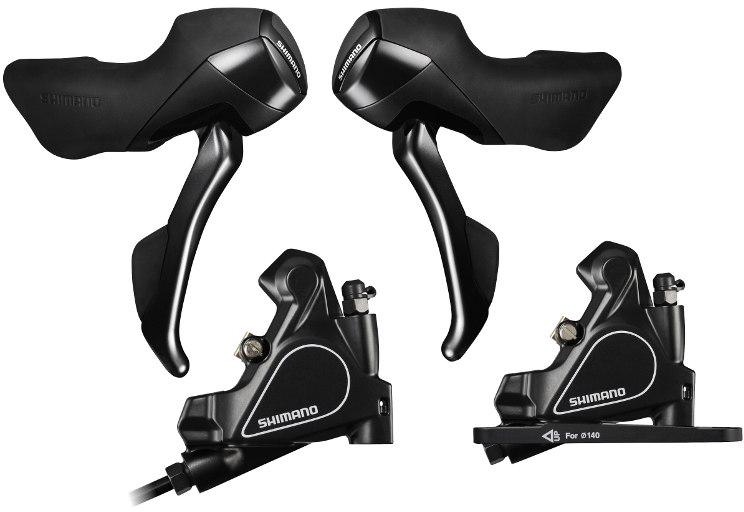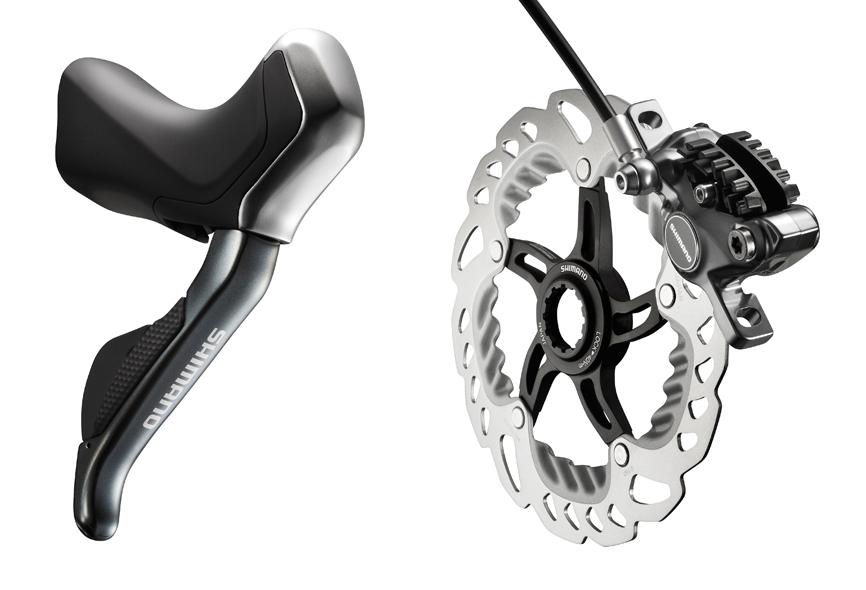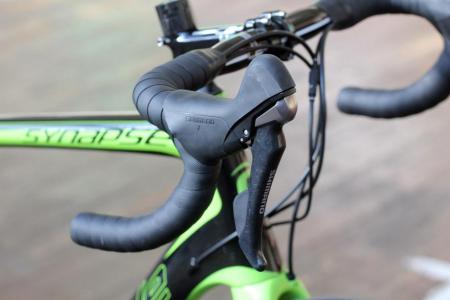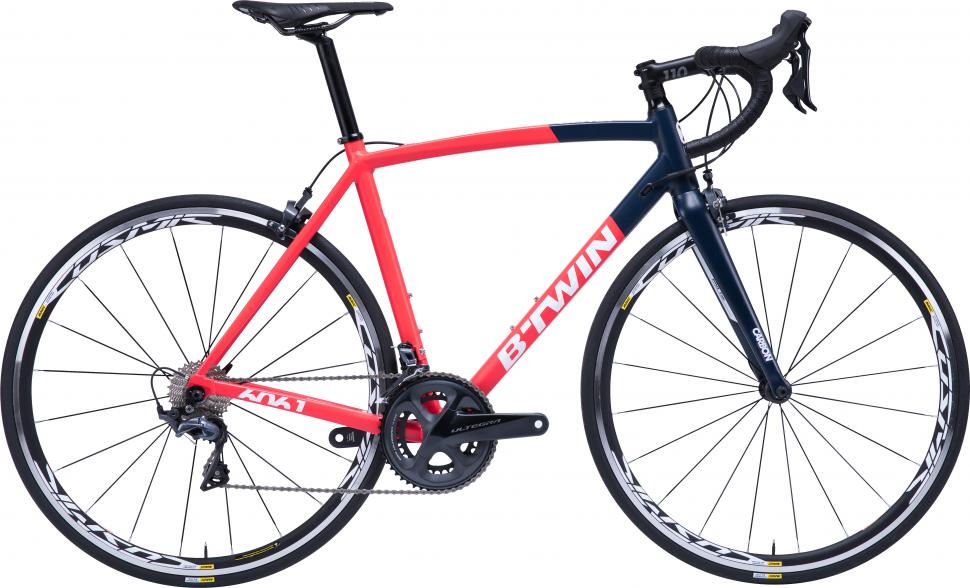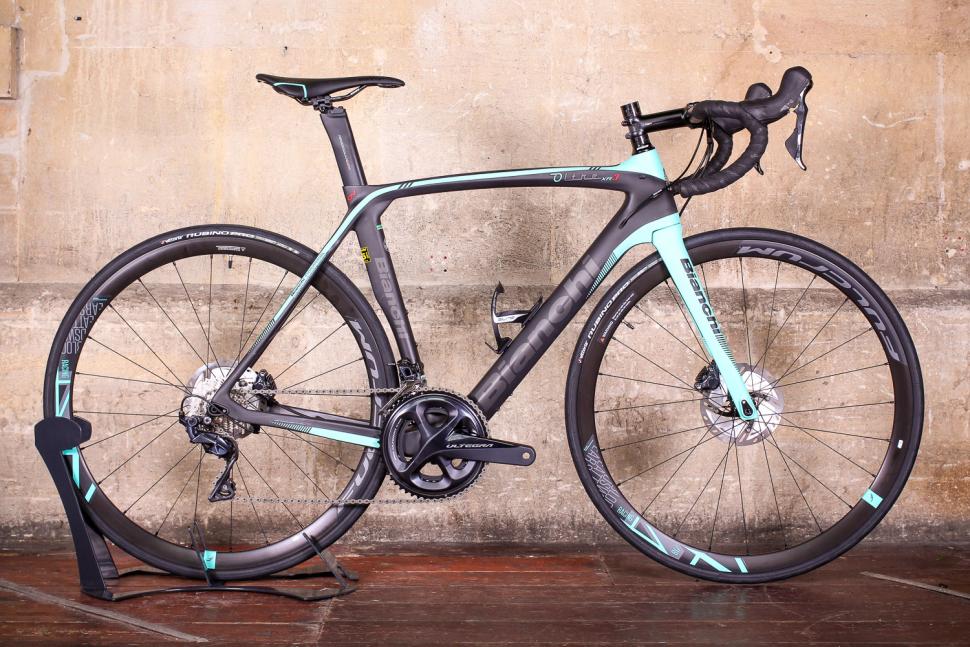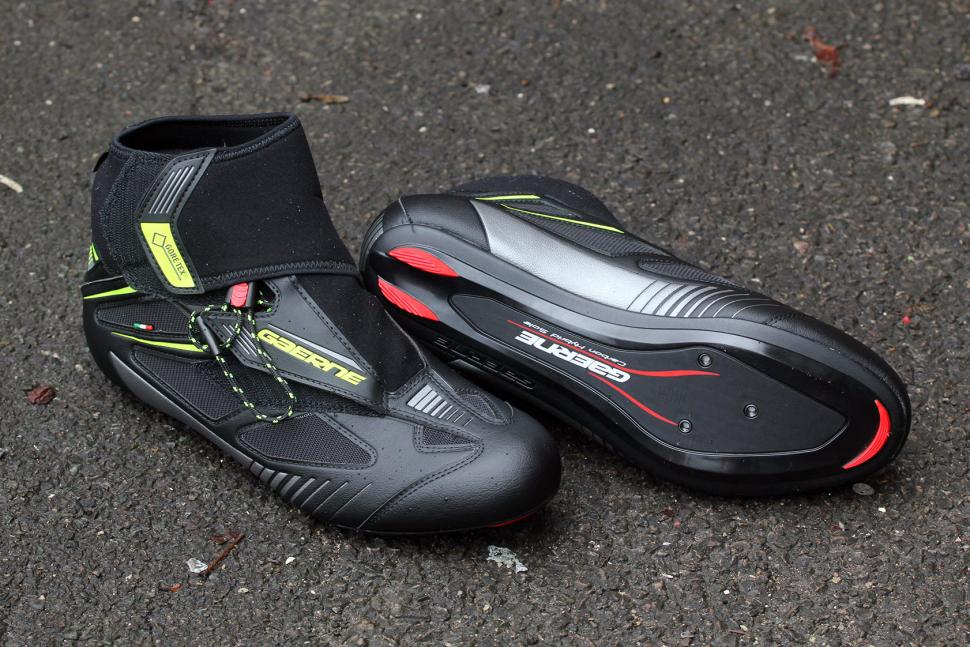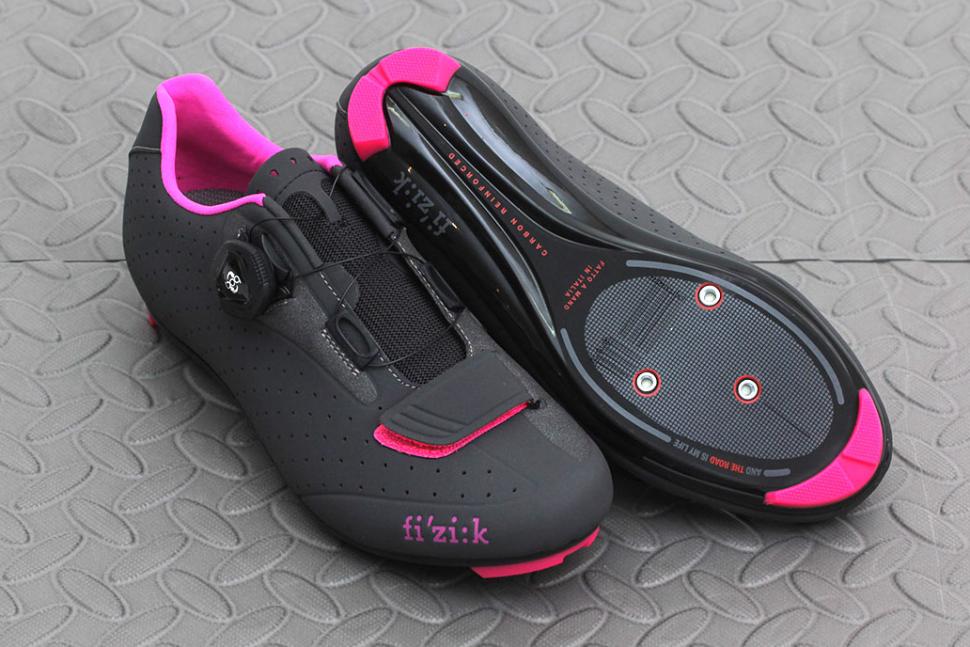[This article was last updated on April 24, 2019]
If you’re deciding between Shimano 105 and Shimano Ultegra groupsets, either on a complete bike or as an upgrade, here’s everything you need to know to make the right choice.
Starting at the basics, a groupset is a component manufacturer’s collection of mechanical parts, usually covering the derailleurs, shifters, brakes, chainset, cassette and chain. Brands group these parts together in various different levels.
Going from the top, Shimano's current road groupsets are:
• Dura-Ace
• Ultegra
• 105
• Tiagra
• Sora
• Claris
• Tourney
Additionally, Dura-Ace and Ultegra are available with Di2 electronic shifting. We’ll leave Di2 to one side here because there’s no 105 version to consider. If you want it, your decision is between Ultegra Di2 and Dura-Ace Di2, and that’s outside the scope of this article.
Check out our Complete Guide to Shimano Road Groupsets.
Shimano usually updates each groupset every three years. The latest version of Shimano 105 is called R7000 (the disc brakes are R7020) and the most up to date Ultegra is R8000 (the disc brakes are R8020, the Di2 is R8050 and Di2 with hydraulic disc brakes is R8070).
A Shimano 105 groupset with rim brakes retails at £612.91 (without pedals) while an equivalent Shimano Ultegra groupset is £982.91 (without pedals) – that’s £370 more, but what do you actually get for the extra money?
We quote official recommended retail prices here, of course, but we've also included typical online prices. The weights listed below are Shimano’s official figures.
Both 105 and Ultegra are 11-speed systems and there are many more similarities between them than differences. Although Ultegra is more expensive, all of the same technology features in 105, and you operate them in exactly the same way.
The differences are mainly down to materials used, and because of this 105 components are a little heavier.
We've put all the prices and weights into a table at the bottom along with the scores we awarded when we reviewed each groupset independently, just to make life easier for you.
Check out our full Shimano 105 review here and read our full Shimano Ultegra review here.
Dual control levers
| RRP | Weight | Typical price | |
| 105 | £199.99 | 500g | £139.99 |
| Ultegra | £319.99 | 438g | £209.99 |
The dual control levers are high points of both the Ultegra and 105 (above) groupsets and they each work in exactly the same way. They’re slim and comfortable to use with a short stroke and a light action (much lighter than earlier incarnations).
When he reviewed the Ultegra levers (above) Stu Kerton said, “The biggest difference of R8000 [current generation Shimano Ultegra] over 6800 [the previous version] is the shape of the brake lever. The curve for your index finger is more pronounced and if, like me, you like to wrap your finger around the bar when on the hoods then you'll find it very comfortable.
"The shape allows you to use just your second finger for braking to slow down, and to quickly add all your fingers for hard braking efforts."
The 105 levers have been redesigned with shifting mechanisms that make the shift a bit more snappy than before, and the shape of the lever is squarer, slightly more compact and features a patterned rubber cover for extra grip on the hoods.
There is a difference in the materials used. Ultegra dual control levers have carbon-fibre reinforced plastic brackets and main levers while 105 has glass-fibre reinforced plastic brackets and aluminium main levers.
The 105 levers are a little heavier but you won’t notice any difference in performance.
Chainset
| RRP | Weight | Typical price | |
| 105 | £144.99 | 713.4g | £108.00 - £109.99 |
| Ultegra | £249.99 | 674g | £162.95 |
The 105 chainset (below) has a spider with four unevenly spaced arms, the idea being to provide stiffness where it’s needed while saving weight over a five arm design. This is technology that started off in the top-level Dura-Ace groupset and has trickled down via Ultegra.
Both 105 and Ultegra (below) are available with 53-39-tooth, 52-36-tooth and 50-34-tooth chainrings, and Ultegra is also available in a 46-36-tooth cyclocross option. All of them use the same bolt circle diameter (110mm) so you can easily swap a 53-tooth outer chainring for a 50-tooth, for example.
The 105 and Ultegra chainsets use the same technology and the same materials in key areas. Although many rivals have shifted to carbon-fibre cranks, Shimano has stuck with aluminium. Its Hollowtech technology results in a hollow crank arm to keep the weight low while retaining stiffness.
The 105 chainset's outer chainring is heavily machined on the inside face to reduce weight, retaining splines across the machined section to make sure stiffness isn't compromised. It's not quite as technically advanced as the Ultegra outer chainring which features a two-piece construction, but you wouldn't know unless you looked at it from the back. The design is a bit more susceptible to storing grime in all the recesses but that's not a huge issue.
As usual, there’s a slight weight penalty if you go for 105.
Whereas some chainsets feature a aluminium axle in a 30mm diameter, Shimano uses a steel axle with a 24mm diameter across the board.
The weights given above are for chainsets with 50/34-tooth chainrings.
Front derailleur
| RRP | Weight | Typical price | |
| 105 braze on | £32.99 | 95g | £27.99 |
| 105 band on | £34.99 | 111g | £30.00 |
| Ultegra braze on | £47.99 | 92g | £30.95 |
| Ultegra band on | £49.99 | 106g | £35.99 |
The 105 (above) and Ultegra (below) front derailleurs each come with a glass-fibre reinforced plastic outer link, an aluminium inner link, a chrome-plated steel chain guide, and light shifting. A trim position allows you to avoid chain rub as you move across the cassette.
Both the Ultegra and 105 front derailleurs have been redesigned and use a cam arrangements to actuate the shift, allowing the units to be much more compact than before.
They each feature a tension adjustment screw, which means there's no need for an inline barrel adjuster.
The largest chainring recommended for use with each of them is 53-tooth. That’s fine for most people although some time trialists who like pushing big gears might struggle.
Rear derailleur
| RRP | Weight | Typical price | |
| 105 short cage | £44.99 | 225g | £31.98 |
| 105 medium cage | £49.99 | 232g | £37.00 |
| Ultegra short cage | £84.99 | 200g | £56.00 |
| Ultegra medium cage | £89.99 | 210g | £63.99 |
| Ultegra RX800 | £89.99 | 248g | £77.99 |
Both Ultegra and 105 (below) rear derailleurs are available in short cage (SS) and medium cage (GS) versions to suit the chainset and cassette that you are using. Go for the medium cage version of either and the maximum sprocket size you can officially use is 34T (although in reality they'll handle much more).
They're similar to one another in terms of materials although the Ultegra model has better pulley bearings.
For the latest versions of its top three groupsets, Dura-Ace, Ultegra and 105, Shimano has incorporated its Shadow technology, brought over from the mountain bike side of the business.
Its design means that the rear derailleur profile is much narrower when you look at the bike from the rear, sitting 12mm closer to the bike when in the bottom sprocket of the cassette. This means that should you crash or the bike gets blown over there is less chance of damage to the bike or wrecking your gear hanger.
The new design is compatible with direct mount frames, although there aren't many of those in the road sector right now.
In his review of Shimano Ultegra R8000 Stu said, "The gear shifts feel slightly quicker and lighter than on 6800, and it really is a joy to use."
Once set up, we found 105 shifting to be precise and consistent across the whole cassette. It's crisp and light whether you're using the short cage or the medium cage rear derailleur.
As well as the normal rear derailleurs, Shimano offers clutch-operated Ultegra RX options (£89.99 for the cable-operated version, £259.99 for the Di2 version) which are aimed at the gravel/adventure market. There's no Shimano 105 clutch derailleur.
Cassette
| RRP | Weight | Typical price | |
| 105 | £44.99-£49.99 | 269g (12-25) | £34.99 |
| Ultegra | £74.99-£79.99 | 243g (12-25) | £51.95-£59.95 |
Both 105 and Ultegra are 11-speed systems. 105 cassettes (above) are available in 11-28-tooth, 11-30, 11-32, 11-34 and 12-25 options. Ultegra is available in all of those plus 11-25 and 14-28. There’s no reason why you can’t use an Ultegra cassette with an otherwise 105 groupset, or vice versa.
With both 105 and Ultegra, the largest sprocket you can officially use is a 34-tooth, although in truth you can go much larger than that; we have gear systems with 11-40 cassettes that work very happily.
In both cases, the sprockets are made from nickel-plated steel, although an Ultegra cassette has a carbon/aluminium spider arm and an anodised aluminium lockring while a 105 cassette has an aluminium spider and a nickel-plated steel lockring. These differences make for a difference in weight, but we're talking about 23-35g, depending on the size of the cassette.
Dual pivot brakes
| RRP | Weight | Typical price | |
| 105 front | £44.99 | 379g (pair) | £33.99 |
| 105 rear | £39.99 | 379g (pair) | £32.99 |
| 105 direct mount front | £49.99 | 346g (pair) | £34.99 |
| 105 direct mount rear | £49.99 | 346g (pair) | £33.95 |
| Ultegra pair | £139.99 | 360g (pair) | £99.95 |
| Ultegra direct mount | £79.99 | 320g (pair) | £99.79 (pair) |
Both Ultegra and 105 SLR EV dual pivot rim brakes are made from anodised aluminium and we rate them very highly. They’re essentially the same design: a symmetrical twin pivot system that’s designed to equalise the braking forces through each arm allowing for better control and power.
In reviewing the 105 brakes (above) Dave said, “The Shimano symmetrical dual-pivot brakes are, for me, the best road rim brakes out there. They have a very solid feel and modulation is excellent. I've been using the brakes on my race bike, which has Swiss Side Hadron 485 wheels that have an alloy brake track, and the brake performance is about as good as you're going to find for a rim brake. The 105 callipers are not noticeably inferior to the Ultegra brakes in anything other than weight, and even there the difference isn't great."
The maximum tyre width Shimano recommends for its Ultegra (above) and 105 SLR EV Dual Pivot brakes (below) is 28mm.
Shimano also offers direct mount brakes in both the Ultegra and the 105 groupsets. They’re virtually identical to one another, each taking tyres up to 28mm.
Hydraulic disc brakes
| RRP | Weight | Typical price | |
| 105 calliper front | £47.99 | 138g | £37.99 |
| 105 calliper rear | £47.99 | 147g | £36.99 |
| 105 dual control front | £164.99 | 610g (pair) | £154.99 |
| 105 dual control rear | £164.99 | 610g (pair) | £154.99 |
| 105 disc brake rotor | £27.99 | 133g (160mm) | £23.99 |
| Ultegra calliper front | £59.99 | 138g | £51.00 |
| Ultegra calliper rear | £59.99 | 148g | £55.00 |
| Ultegra dual control (front) | £229.99 | 554g (pair) | £199.99 |
| Ultegra dual control (rear) | £229.99 | 554g (pair) | £199.99 |
| Ultegra disc brake rotor | £49.99 | 128g (160mm) | £37.99 |
Shimano has offered 105-level and Ultegra-level hydraulic disc brakes for some time but it's only recently that designs have actually been incorporated into each of the groupsets.
The new Shimano 105 mechanical shift/hydraulic brake dual control unit is based on the cable-operated version (above), with the same lever design and a similar hood profile with the textured finish for better grip in the wet. The body of the hood is a bit bigger, especially at the bottom where the hose exits the lever, but not so much that it's a problem.
Read our Shimano 105 R7020 hydraulic disc brake review here
The 105 system has an aluminium brake lever while it's engineering composite if you go for Ultegra, which is a little lighter.
The brake callipers are very similar to one another, although the body on the 105 version is painted while it's anodised for Ultegra.
Will you notice a difference in the quality of the braking if you opt for more expensive Ultegra? In short, no. It works brilliantly whichever you choose.
You can buy a brake calliper and dual control lever separately (see table above) or you can buy a set that includes the lever, the brake calliper and the hose (£249.99 per brake in the case of 105, £309.99 per brake for Ultegra).
You'll also need to factor in £55.98 for two Shimano 105-level disc rotors, or £99.98 for two Ultegra-level rotors to complete the package.
Chain
| RRP | Weight | Typical price | |
| 105 | £29.99 | 257g (114 links) | £21.00 |
| Ultegra | £34.99 | 257g (114 links) | £21.00 |
Both the Ultegra and 105 chains undergo a Sil-Tec low friction plating process that’s designed to make them run smoother and require less maintenance, as well as increasing the durability.
The only difference between them is that the 105 chain has this treatment on the roller link plates (the inner ones) only while the Ultegra chain (above) has it on the pin link plates (the outer ones) too.
It's great to see that Shimano is finally offering its chains with a quick link similar to those used by KMC and others, making them much easier to fit and remove.
Bottom bracket
| RRP | Weight | Typical price | |
| 105 | £29.99 | 77g | £16.99 |
| Ultegra | £29.99 | 77g | £16.99 |
Shimano recommends the same bottom bracket whether you go for an Ultegra or a 105 groupset. The BBR60 (77g) is available in both British and Italian threaded versions, while the BB72-41 (69g) is for press-fit systems.
Pedals
| RRP | Weight | Typical price | |
| 105 | £109.99 | 265g | £69.99 |
| Ultegra | £149.99 | 248g | £89.95 |
The Ultegra and 105 (below) pedals both have wide carbon composite bodies, widely spaced bearings, chromoly steel axles and adjustable entry and release tension. The Ultegra pedals have slightly more stainless steel body plating, designed to reduce flex and wear, and a little more clearance (33° as opposed to 31°).
The Ultegra pedal is also available in a version with a 4mm longer axle for more clearance between the crank arm and your shoe.
Conclusion
If you’ve read everything above, looked at the pictures, and come to the conclusion that there’s not all that much difference between 105 and Ultegra components, you’re right. They work in the same ways, the shaping is the same and so is the engineering. There are no major technological features in the Ultegra groupset that aren’t included in 105.
| 105 | Ultegra | |||
| Price | Weight | Price | Weight | |
| Dual control levers | £199.99 | 500g | £319.99 | 438g |
| Chainset | £144.99 | 713g | £249.99 | 674g |
| Front derailleur (braze on) | £32.99 | 95g | £47.99 | 92g |
| Rear derailleur (short cage) | £44.99 | 225g | £84.99 | 200g |
| Cassette | £44.99 | 269g | £74.99 | 243g |
| Dual pivot brakes (pair) | £84.98 | 379g | £139.98 | 360g |
| Chain | £29.99 | 257g | £34.99 | 257g |
| Pedals | £109.99 | 265g | £149.99 | 248g |
| Bottom bracket | £29.99 | 77g | £29.99 | 77g |
| Total | £722.90 | 2,780g | £1,132.90 | 2,589g |
Table comparing the prices, weights and road.cc review scores of Shimano 105 and Shimano Ultegra components
The differences are minor and mostly come down to materials. This results in Ultegra components being a little lighter than their 105 counterparts. No single Ultegra component is massively lighter and the small savings add up to just 191g across a whole groupset (the figure could be a little more or a little less than that depending on exactly which options you choose).
We reckon that 105 is as good as it gets in terms of bangs per buck right now and there is no compromise in functionality: this groupset is better than top-level Dura-Ace was a few years ago, for a fraction of the price. There's no aspect of its performance that would be meaningfully improved by going one rung up the groupset ladder.
We awarded both Shimano 105 and Ultegra 10/10 for performance, and we give out very few 10/10 marks. We marked Ultegra 7/10 for value while giving 105 9/10 courtesy of offering a very similar level of performance at a significantly lower price. That might or might not be important to you.
Whether the small weight saving you get with Ultegra is worth the extra cash is something you have to decide for yourself based on your bank balance and your priorities.
About road.cc Buyer's Guides
The aim of road.cc buyer's guides is to give you the most, authoritative, objective and up-to-date buying advice. We continuously update and republish our guides, checking prices, availability and looking for the best deals.
Our guides include links to websites where you can buy the featured products. Like most sites we make a small amount of money if you buy something after clicking on one of those links. We want you to be happy with what you buy, so we only include a product in a if we think it's one of the best of its kind.
As far as possible that means recommending equipment that we have actually reviewed, but we also include products that are popular, highly-regarded benchmarks in their categories.
Here's some more information on how road.cc makes money.
You can also find further guides on our sister sites off.road.cc and ebiketips.
Road.cc buyer's guides are maintained and updated by John Stevenson. Email John with comments, corrections or queries.


















